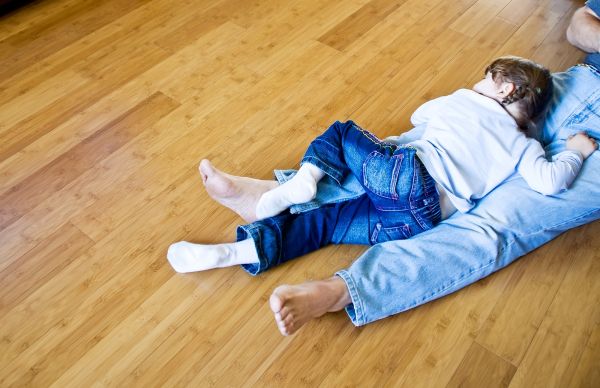Environmentally friendly homes can reduce inhabitants’ carbon footprints, save resources and lead the way for others to live the same way. Most of us, however, have been living in homes that are pretty standard, in that they don’t help us reduce our carbon footprints. The US Department of Energy has been trying to further green living in terms of homes and has been organizing the Solar Decathlon for a while now. The international competition is a biennial event that challenges 20 college teams to come up with conceptual homes that utilize solar energy. The teams get to work on site, detailing their prefabricated houses for 10 days in a bid to take home the Solar Decathlon title. 2012’s competition is set to begin and we’re eager to see who wins the coveted prize.
SLIDES

A team from the American University in Cairo has designed a solar powered home called SLIDES, as an entry into the 2012 Solar Decathlon. Making use of Egypt’s desert climate, they’ve proposed to install solar panels on the roof of the house. SLIDES is unique in that the façade of the house can slide out during the day and slide in during the evening. To combat the heat of the region, the team has made way for plenty of natural ventilation through the use of perforated designs on the façade. Adding to the green factor is the material the house will be constructed from; fiber reinforced polymer made from recycled plastic bags and wood waste and quite possibly, local papyrus.
ekihouse

ekihouse, from the University of the Basque Country, is the next contender for the Solar Decathlon. The team has made use of wood extensively to create their solar powered house. This sun house eki, meaning sun in the Basque language, has the ability to contract during winter and expand during summer. The north façade of the house is isolated during the cold season and opens during warm climes to let in breeze. Moreover, the roof of the south façade opens to provide extra shading, in essence expanding the house.
SunBloc
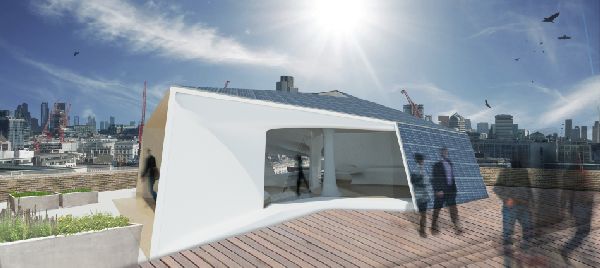
SunBloc is the project conceived by HelioMet, the team at London Metropolitan University. Their futuristic urban concept is built from lightweight materials in a parametric design, which uses solar energy that can also power surrounding buildings. The interior is contemporary with furniture and utilities integrated into the design that can be custom made to cater to the inhabitant’s needs and living style.
Andalucia Team Patio 2.12.
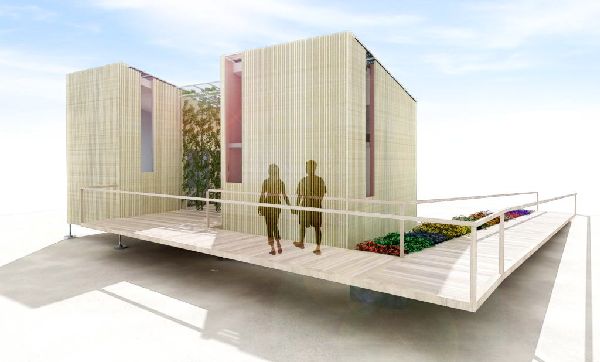
Patio 2.12 is an entry by the Andalucia Team made up of students from the universities of Jaen, Malaga, Grenada and Seville. The concept is built around Mediterranean living and features a patio with living quarters built around it. The building system consists of structural shells that can be erected and disassembled quickly. No foundations are needed, save for punctual supports. The patio, which also houses a pergola structure, is connected to the housing modules via a similar support system. Since there are no foundations, Patio 2.12 can be taken down with minimal impact on ground surface. Solar panels are integrated into the housing modules as well as on the pergola.
The Revolt House
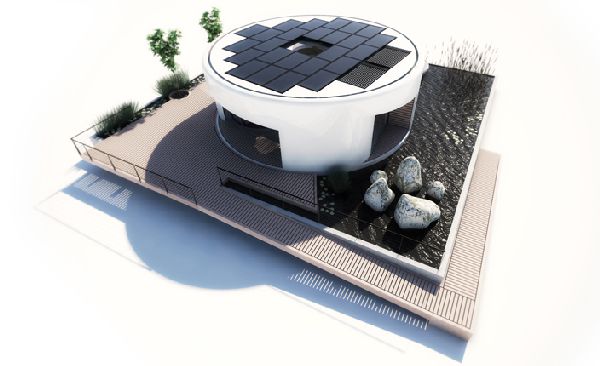
Delft University of Technology has presented its entry to the Solar Decathlon of 2012 with the Revolt House, a home that can float as well as rotate. Considering the amount of water available in The Netherlands, the team has sought to integrate the house with water, the latter having the ability to maintain stable temperatures, keeping inhabitants relatively warm during winters and cool during summers. The house can track the sun’s rays due to its revolving feature and harness its energy via solar panels on the roof. Inhabitants can also choose to change their locale through the Revolt House’s floating capabilities.
ECOLAR
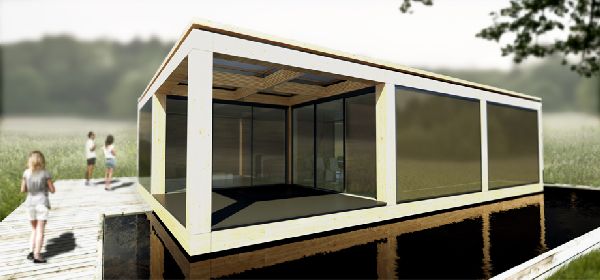
ECOLAR is the entry by Germany’s Hochschule Konstanz University of Applied Sciences which envisions six modules – four for interior spaces and two for the outside. The walls and the roof are translucent, letting in daylight as a source of natural light. The roof is covered in solar cells to harvest solar energy which will be used to power the house. The house’s heating system is made up of a combination accumulator and a heat pump, of which the former acts as a heat storage and provides hot tap water. Waste water is treated through an effluent treater which can then be used for flushing toilets and washing clothes.
Odoo

The Budapest University of Technology and Economics has developed Odoo as its project for the Solar Decathlon. An outer shell covers the transparent house with a roof consisting of solar panels. Emphasis has been given to the courtyard, where majority of the recreational activities will take place. The students have incorporated plenty of glass to make use of as much natural light as possible.



